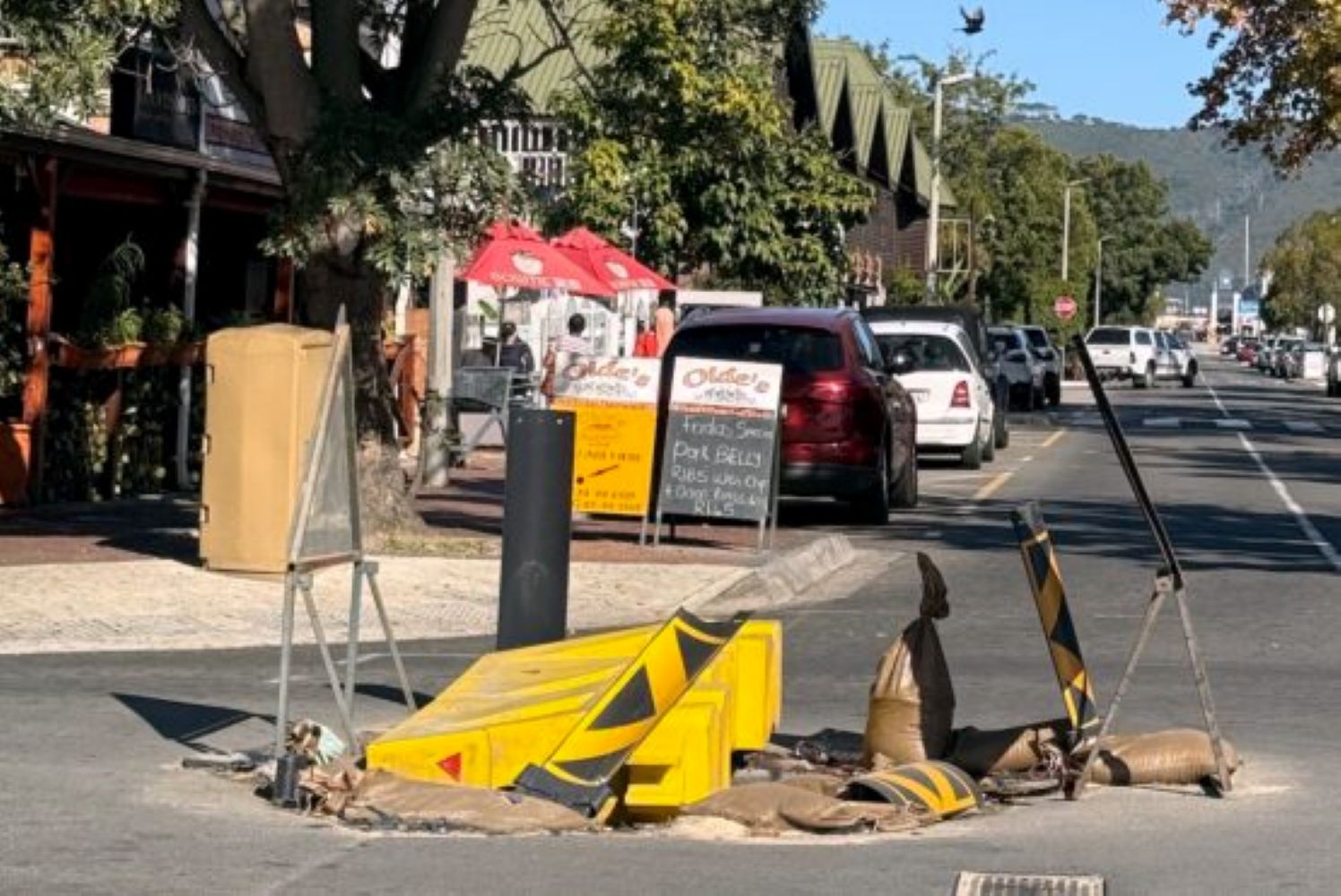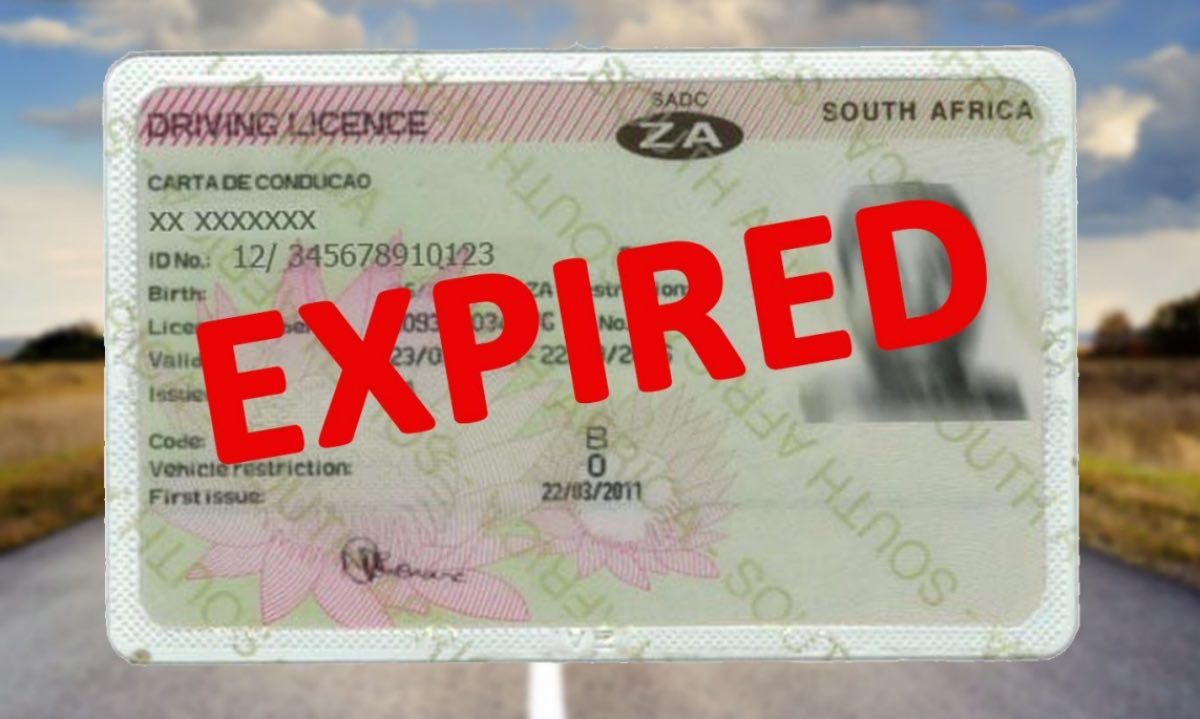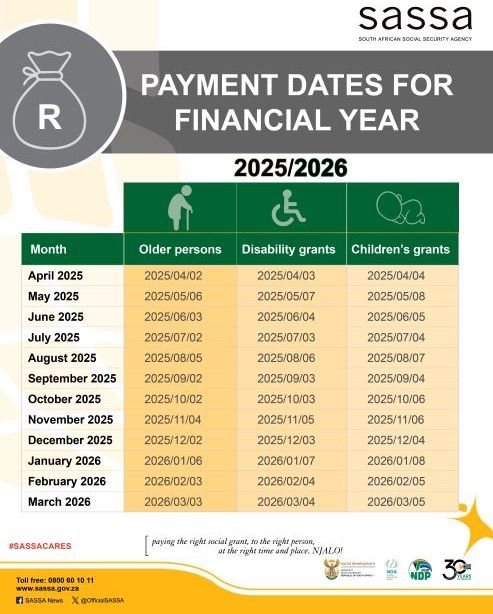What’s happening here is no different to what’s happening across small-town SA.
Joburgers would feel right at home in Knysna. Main roads are crumbling and littered with potholes (even the N2 which runs through the town), although to be fair, these aren’t quite the craters we’re used to in Gauteng. Burst water pipes are dug up, repaired, and craters simply left. Joburg Water would be proud!
Signs at Airbnbs and hotels across the city warn guests about “irregular” water pressure due to “water infrastructure upgrades”. Yeah, right.
Refuse collection under the ANC coalition-led council is erratic, with regular backlogs. The centre of town is grimy and unkempt, albeit litter-free. At least the mountain of trash mere blocks from the municipal offices is gone.
One of the main arteries in the town, George Rex Drive – which heads out towards the industrial area, Life Healthcare private hospital, the world-famous Heads, and Pezula Golf Estate – is quite literally crumbling into the estuary.
ALSO READ: These are the 5 worst municipalities currently under administration
Instead of capital investment into traffic lights at the intersection of the N2, which was desperately needed decades ago, vehicles from all directions are stuck in perpetual traffic all day long. At peak hours, the city places a traffic officer to direct traffic at the intersection.
Over holiday periods they are stationed there all day long. It’s easier to pay salaries than it is to trench some cables and erect four poles …
What’s happening in Knysna is no different to what’s happening across small-town South Africa.
In fact, the remarkable thing is that it’s taken this long for this small town to start crumbling.
ALSO READ: 149 municipalities are R1.4 billion in arrears on their pension fund payments
Here’s how it goes …
It’s the same pattern. A shrinking ratepayer base, exploding population, poor (or mostly zero) maintenance of infrastructure, declining capital investment and corruption.
Add to this a growing number of households that are self-providing (particularly electricity, via solar), or, more correctly, being forced to. Those with the means, and in this region there are tons, are shifting off grid.
Boreholes and bottled drinking water (practically every supermarket in Knysna has a refill station) mean residents don’t need to (read: can’t) rely on municipal supply of water either.
Knysna has perhaps been more insulated than most.
There is a lot of wealth in these parts, and that has helped prop up the rates base. Thesen Island, Simola and Pezula properties aren’t cheap. People with generational wealth retire here. Even today, the potholed streets are filled with the latest electric Volvo, Mercedes and Jaguar SUVs.
ALSO READ: Mashatile: How national government is aiming to reform local municipalities
Connectivity to Joburg and Cape Town has been helped by the George Airport and general growth in the Garden Route region.
George is booming, and so too is Plettenberg Bay. Both are spotless, in stark contrast to Knysna, and even the neat Wilderness village outside of George is noticeably busier than it ought to be, with both tourists and construction. There are clear infrastructure upgrades taking place – the only spot in this area that boasts freshly painted road markings, including perfect stop streets.
That’s the real danger for Knysna. It is bordered by two DA-led municipalities, George and Bitou (Plett), which are delivering services.
George is being bolstered, too, by the explosion in lifestyle estates being developed on its outskirts.
ALSO READ: Distressed municipalities spent less than 4% of budget on maintenance — Cogta
Property and prospects
Capital is fleeting. It will stay; until it leaves. You’d be very brave to invest in fixed property in Knysna Central today, even as Cape-based developers have begun taking advantage of what could euphemistically be called ‘depressed’ property prices.
(You’d be braver still to invest on Leisure Isle, which may or may not be accessible via a causeway, or indeed half under water, in a decade’s time.)
In reality, a purchase in George would be far more sensible.
Still, Knysna is nowhere near too far gone to be turned around (it is not nearly as bad, nor as complicated as Joburg, for example).
Private sector investment continues. An enormous brand-new flagship Food Lovers Market has just opened on the water’s edge and developers are building a new convenience centre near the mall to be anchored by a new Checkers FreshX format store.
A string of new car dealerships for VW, Nissan, Suzuki, Haval and GWM have opened a stone’s throw away from Food Lovers. Knysna remains a pretty big town (it’s about a third larger than Plett).
ALSO READ: Retired experts could help fix failing municipalities
Plus, local government elections loom in 2026 and this seems to have focused the minds of the current administration, on paper at least.
In the next financial year, it plans to spend R6 million to buy three compactor trucks to try and fix its refuse removal crisis permanently. (For now, as is the case in most ANC-led administrations, a contractor – no doubt ‘connected’ – has been appointed to fill the gap.
At least the council knows what needs to be fixed (although a 12-year-old would be able to prioritise George Rex Drive).
Repairs to this roughly 4km stretch of road will cost a total of R23.5 million over the next three years (perhaps even more, beyond this timeframe). It has allocated a paltry R500 000 in the 2025/26 financial year, and this climbs in later years. An upgrade of Howard Street, which branches off George Rex and leads to the private hospital and the golf club, has R2 million allocated over the medium term.
In total, next year’s entire capital budget is R160 million. Bulk purchases, mainly electricity, will total around R400 million.
But it will spend R365 million on salaries, out of total expenditure of R1.2 billion.
There aren’t exactly dozens of visible work teams on the road repairing the damage across town. (Motorists have become completely accustomed to dodging collapsing manhole covers, even though each will take a day – max – to be lifted.)
The microcosm of Knysna perfectly illustrates the problem across all spheres of government currently, where wages eat up more and more of the budget and tax and ratepayers get less and less for each rand …
This article was republished from Moneyweb. Read the original here.














